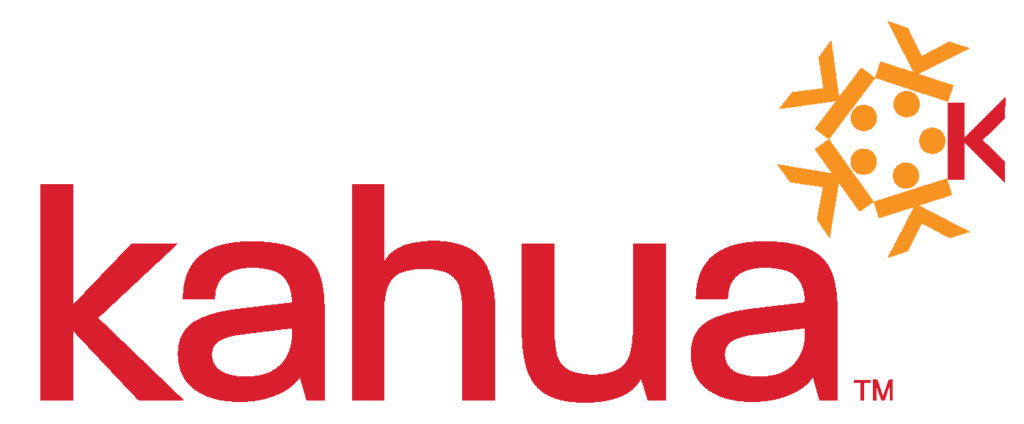Ensuring Transparency and Efficiency: Sources of Funds in Government Construction Projects
In the world of government construction projects, one fundamental principle stands above all else: the need for transparency and accountability. It is crucial to have stringent controls and transparent processes in place, from the initiation of a program and throughout its entire lifecycle.
Government organizations often rely on numerous sources of funds to finance projects, such as federal, state and city funding, as well as operational budgets. To ensure smooth operations and avoid any financial mishaps, it is essential to subject these organizations to periodic audits that verify the appropriate usage of funds.
Delving into the importance of transparency and controls in government construction projects, we must take a close look at the sources of funds and how they are utilized; the challenges faced by organizations with multiple funding sources; and the value of government project management software in maintaining efficient and accurate reporting.
Stephen Sproul – a construction technology expert who works for Kahua partner OnIndus – is well versed in the need for transparency in government funding sources. He shared his insights during a Kahua webinar, “From Complex to Simple: Managing Funding Sources Painlessly.”
He’s worked with customers at all levels of the construction ecosystem, including government owners, general contractors, program managers and designers. He fully understands the requirements for making processes more efficient through technology.
“Funding conversations and audits have become an integral part of managing government construction projects,” said Sproul, who is the director of solution delivery for OnIndus. “The lack of transparency and easy access to data for reporting on fund utilization can lead to significant difficulties for finance personnel responsible for providing audit information.”
“Organizations must embrace a revolutionary change in the way they approach their business processes, rather than sticking to outdated systems that only add complexity.”
The Complex Funding Landscape of New York City Housing Authority
He shared an anecdote from one of his clients, the New York City Housing Authority. The NYCHA relies on federal, state and local funding, each with its own set of audit requirements and limitations on how the funds can be used. The complexity increases further with the need to recoup funds, adding to the urgency of maintaining an integrated approach to funding management.
“In some instances, you’re looking to recoup what you’re paying out,” he said. “It’s really critical that you have a good handle on funding, and you make sure that you’re as integrated as much as possible with your funding sources, so that you can report on it and manage it.”
Adapting to Uncertain Times: The Value of Project Management Systems
Government construction projects face dynamic challenges, such as fluctuating commodity prices and unexpected events like the COVID-19 pandemic. Utilizing project management systems – such as Kahua, Sproul said – can help ensure efficient forecasting, risk management and overall project tracking. These systems enable quick adjustments to capital plans based on changing circumstances, allowing projects to stay on track.
Challenges of Reporting in Construction Project Management
Sproul said reporting is a critical aspect of construction project management, involving all sorts of stakeholders at all different levels. Proper reporting requires coordination and communication among all parties involved, making it a complex yet necessary process. Data silos and spreadsheets can’t handle the magnitude of information and changes that occur during project execution.
Moving at the Right Pace
Even though Sproul strongly recommends adopting cloud-based construction management software that is flexible, agile and scalable, he cautions against implementing a new solution and forcing adoption at warped speed, saying that a “mad rush” can create problems.
“You know, it’s the Stephen Covey principle, begin with the end in mind,” he said. “What are you trying to achieve? What do you have to be responsible for? What requirements do you have for a reporting standard? And then using that as your focal point, as your anchor. Then you build your business processes around that.”
***
Download the From Complex to Simple: Managing Funding Sources Painlessly webinar, hosted by GovTech, now.


